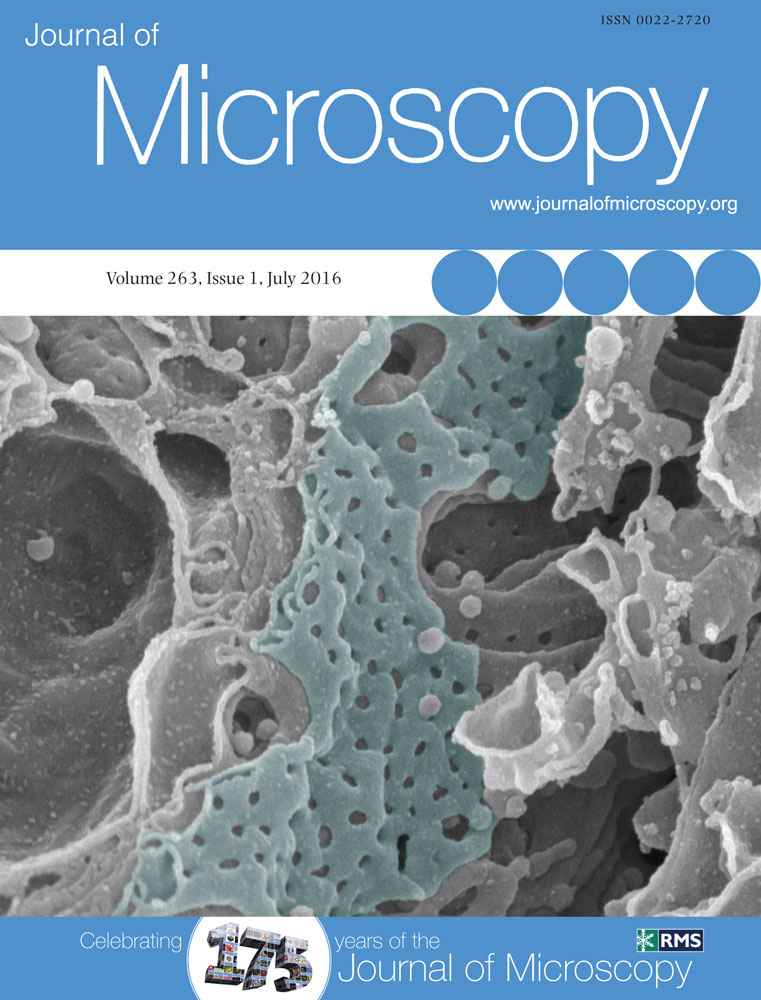Rapid aberration measurement with pixelated detectors
Summary
enAberration-corrected microscopy in a scanning transmission electron microscope requires the fast and accurate measurement of lens aberrations to align or ‘tune’ the corrector. Here, we demonstrate a method to measure aberrations based on acquiring a 4D data set on a pixelated detector. Our method is compared to existing procedures and the choice of experimental parameters is examined. The accuracy is similar to existing methods, but in principle this procedure can be performed in a few seconds and extended to arbitrary order. This method allows rapid measurement of aberrations and represents a step towards more automated electron microscopy.
Lay description
frImperfections of the electron-optical lenses provide the main resolution limit in modern high-performance transmission electron microscopy. Correction of these ‘aberrations’ in a scanning transmission electron microscope requires the fast and accurate measurement of lens aberrations to align or ‘tune’ the corrector. Here, we demonstrate a method to measure aberrations based on acquiring the scattering distribution at every probe position. This procedure results in 4D data set, which can be transformed to give an array of real-space images. Cross-correlating these images gives the gradient of the aberration function, from which the aberrations can be determined by a least-squares fit. The method is compared to existing procedures to measure aberrations and how various experimental parameters affect the accuracy is examined. The accuracy is found to be similar to the best existing methods, but in principle this procedure can be performed in a few seconds and extended to arbitrary order measurement. This method allows rapid measurement of aberrations and represents a step towards more automated electron microscopy.




